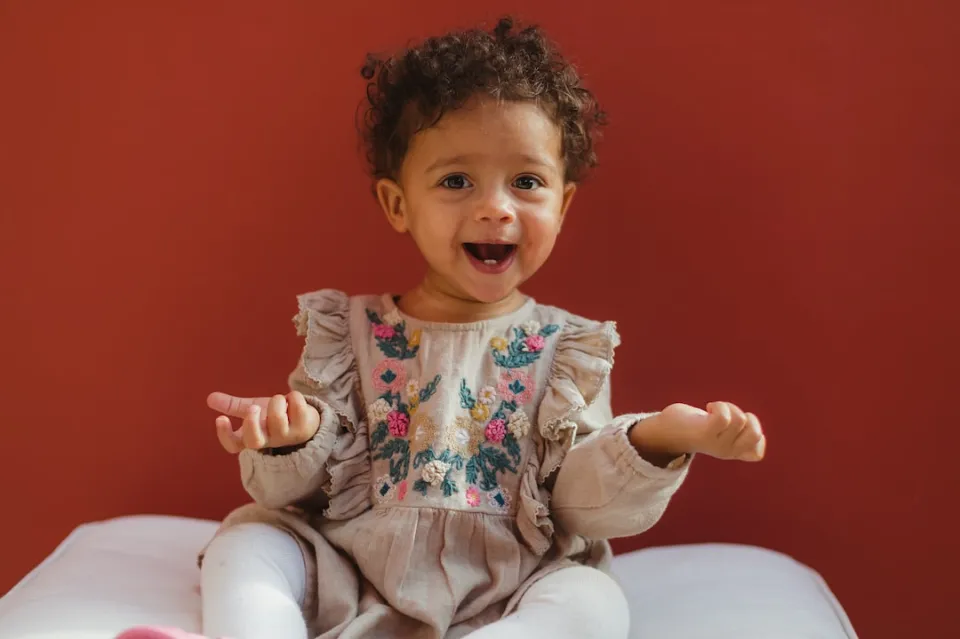
Ideal Humidity Level for Baby – Creating the Perfect Environment
Providing a cozy and healthy environment for your baby is crucial for their general well-being, according to the article’s introduction. Humidity is one element that significantly affects how comfortable they are. But what humidity level is best for a baby?
We’ll talk about the value of maintaining the right humidity levels in this article, as well as how it may affect the health of your child. We’ll talk about how humidity levels may affect your skin’s health, your respiratory system, and your level of comfort.
Furthermore, we’ll offer helpful hints and methods to help you control and keep your home’s ideal humidity level at a healthy level, ensuring a nurturing environment for your priceless child. Let’s start the process of designing the ideal room for your child.
How to Monitor Humidity Levels in Your Nursery
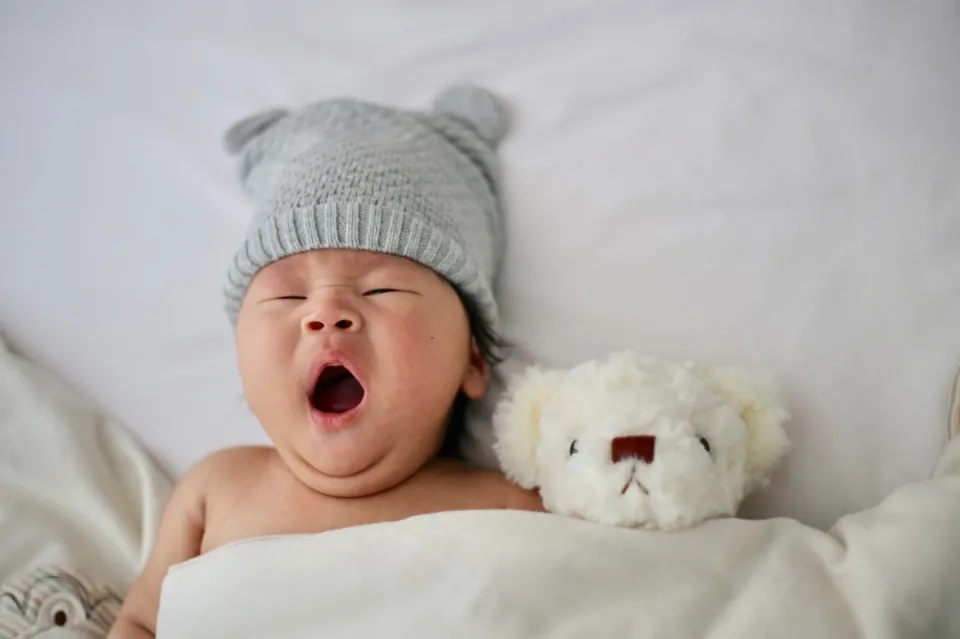
We advise purchasing a hygrometer because we are unable to determine humidity levels on our own. A hygrometer is a tool used to measure humidity, and it can help you decide what fixes are required to make sure your baby has a cozy place to sleep. Please take the time to read our in-depth guide, which will aid you in locating the ideal hygrometer for your residence.
Use a dehumidifier or even turn on your air conditioner if your nursery is too humid. By reducing the humidity and dampness of the air with a dehumidifier or your air conditioner, you can avoid the unneeded spread of dust mites, mold, and other pests that could cause allergic reactions in your child.
Read More: Can You Drink The Water From A Dehumidifier
In contrast, if the room is too dry, you can use a humidifier to raise the humidity level in your house and enhance the conditions of an excessively dry room.
Does Dry Air Affect Your Baby’s Health?
Your child’s sleep can be easily disturbed by high humidity, but low humidity can be just as harmful. Winter months frequently experience periods of low humidity. The relative humidity begins to fall naturally as the outside temperature drops. By increasing our heating systems to stay warm and removing more moisture from the air, we only make the problem worse. This change in the indoor climate can cause a variety of unpleasant symptoms and warning signs that you should use a humidifier, such as dry skin, sinus irritation, and throat conditions, all of which will inevitably interfere with getting a good night’s rest.
To combat dry air, think about investing in a humidifier to add moisture to the air and support the maintenance of the ideal humidity level for your baby’s room.
Should You Have a Humidifier in Your Baby’s Room?
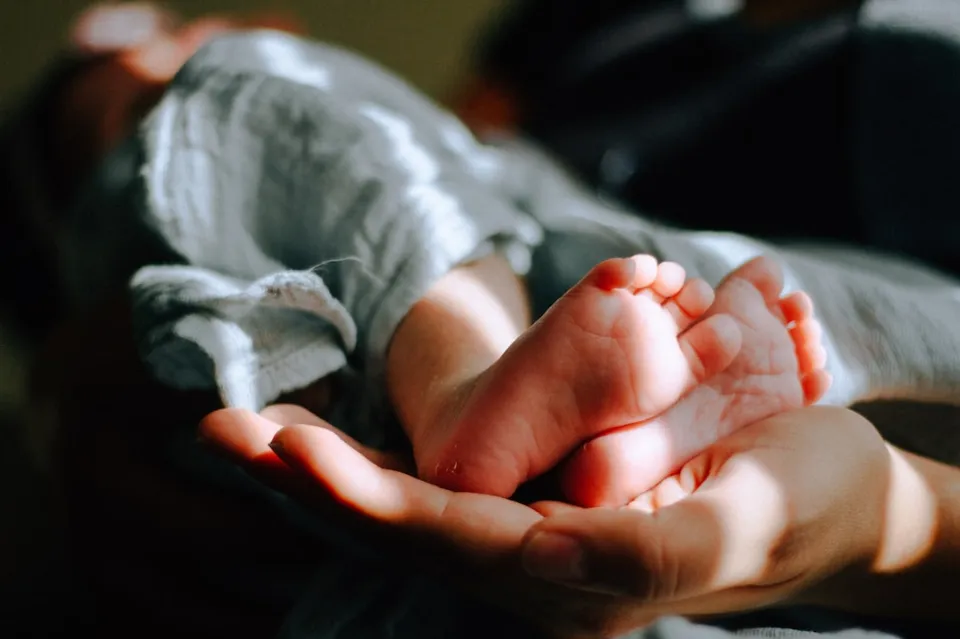
Humidifiers can be a great help in enhancing your child’s sleeping patterns during the colder months of the year, even though it may seem best to use them only when absolutely necessary.
Stuffy noses and scratchy throats keep no one from sleeping soundly, and this is especially true for our young ones. Because crying babies are not sleeping, the symptoms of dry indoor air can distress them and prevent them from getting the rest they need.
Your child will experience fewer of those symptoms and will sleep more comfortably and soundly as a result with the aid of a humidifier.
Read More: Is It OK to Put Vaseline In Your Nose
Top Tips When Using a Humidifier for Your Baby
There are many options when selecting a humidifier for your child’s room. You can decide what is best for you and your baby by using the following important factors.
Type of Humidifier
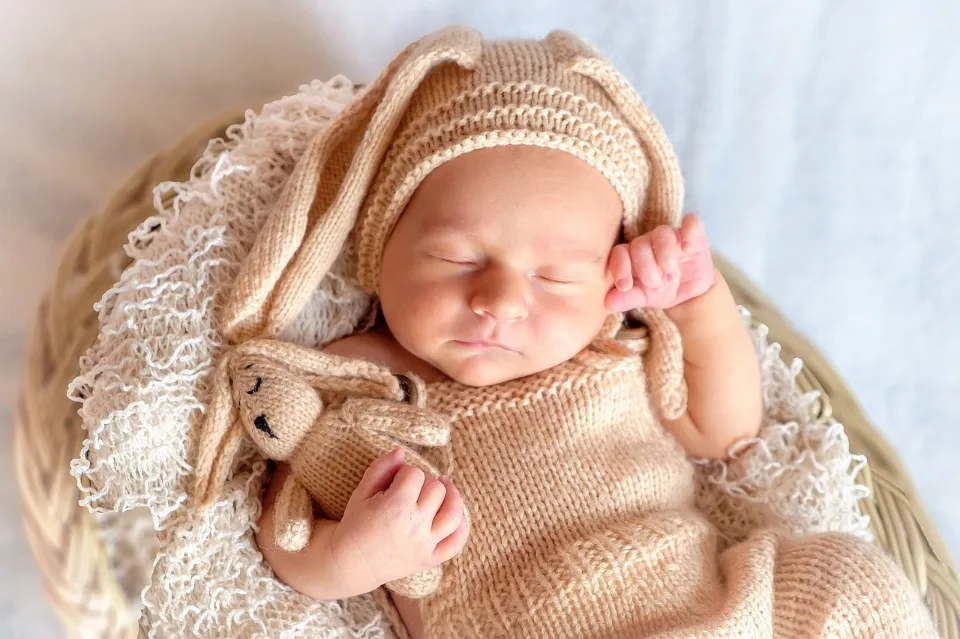
Ultrasonic models are currently the humidifier industry’s gold standard, despite the fact that there are many high-quality, reasonably priced large humidifier models available. You can easily set up your baby’s nursery with these humidifiers, which have a number of settings and are simple to use. They produce the slightest white noise, which pediatricians believe can help children sleep better, and are incredibly quiet, making them ideal for babies who only occasionally sleep.
Safety
Humidifiers can help you and your child have better indoor air quality, but how well you care for them will determine how effective they are. Along with the directions in the user manual, you should think about the following things.
Routine Cleaning
Humidifier moisture can foster the ideal conditions for the growth of mold. It’s critical to routinely disassemble the device and thoroughly clean every component with a diluted vinegar solution to prevent mold and bacteria build-up in order to reduce the risk that your child will breathe in such toxins. Before each use, the water should also be changed.
Avoiding Hazards
On Ultrasonic models, the warm mist setting is appealing, but choosing cool mist is frequently safer. Children who might touch or spill the warm water from the humidifier run the risk of getting hurt. Similarly, to avoid any mishaps, children must be kept away from the humidifier and any attached cords.
Placing the Device in a Safe Position
The humidifier’s mist should ideally not come in contact with your child. Place the device at least six feet away from your child’s bed to maintain a safe distance. This distance prevents any breathing problems and discomfort that too much moisture might bring on while maintaining a humidity level that promotes restful sleep.
Make sure to point the mist nozzle toward the middle of the room and away from any walls, curtains, or furniture to prevent any potential water damage and to ensure a thorough distribution throughout the nursery. To enable the mist to reach more of the space and prevent moisture buildup on the floor, you might also think about positioning the unit at least a few feet off the floor on top of a waterproof tray. More advice on where to put a humidifier in your house can be found in our guide, so please read it.
What is the Best Room Temperature for a Baby?
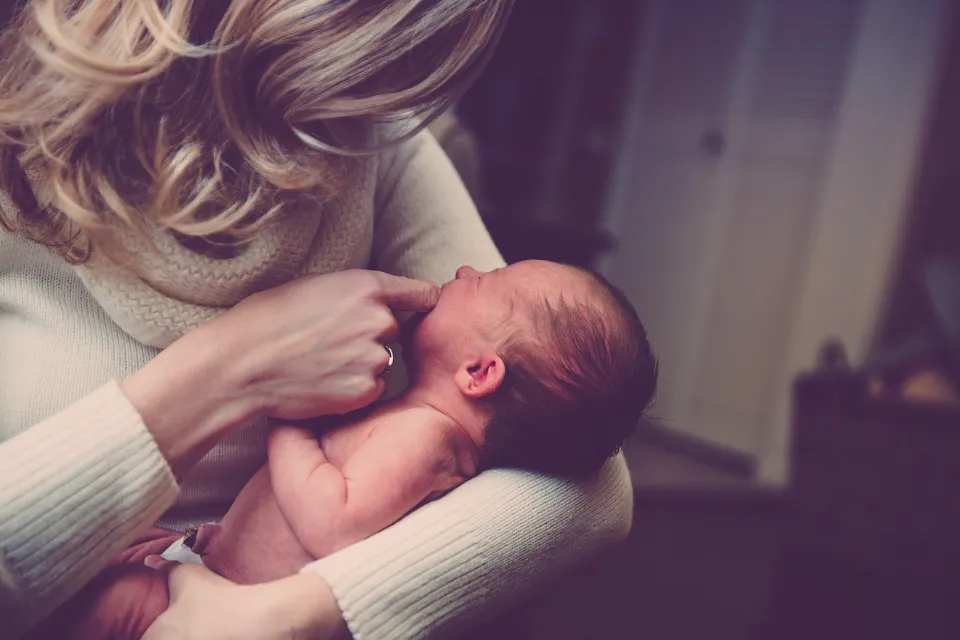
A room that is too cold or too warm can also make sleep challenging, just as excessively low or high humidity can have an impact on our ability to sleep. Babies are especially vulnerable to temperature changes because their bodies are so hypersensitive to their surroundings.
Infants need a constant temperature that is neither too hot nor too cold, contrary to what parents may believe they should do. Sudden Infant Death Syndrome (SIDS) risk rises if your baby gets too warm.
The consensus among doctors is that the ideal room temperature for babies and toddlers should be between 68 and 72 degrees Fahrenheit, or 20 to 22.2 degrees Celsius, whereas the ideal sleeping temperature for adults can vary.
Final Thoughts
Baby happiness and better sleep are two benefits of being comfortable. Consider investing in a humidifier to keep the humidity level in your baby’s room at the ideal level, especially during the colder months. Also, remember to repress the urge to wrap that baby! Both sleep and health are impacted by excessive heat. To keep your baby comfortable and healthy, wear lighter clothing and blankets and keep an eye on the humidity in the nursery with a hygrometer.
Depending on the home, a different set of tools and suggestions may be used. However, to keep a stable and secure environment for you and your kids, you must take into account your family’s needs throughout the year.




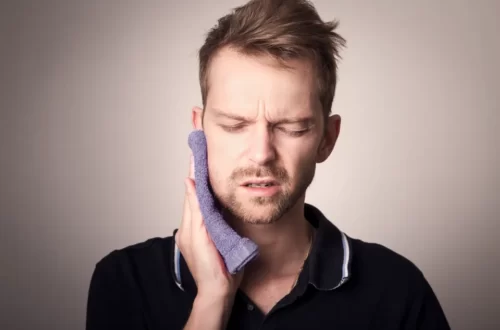
Average Rating